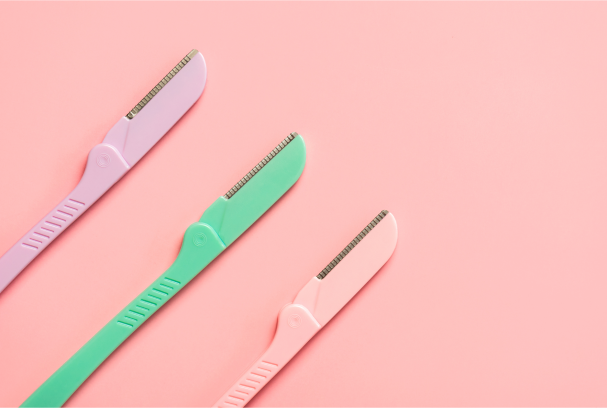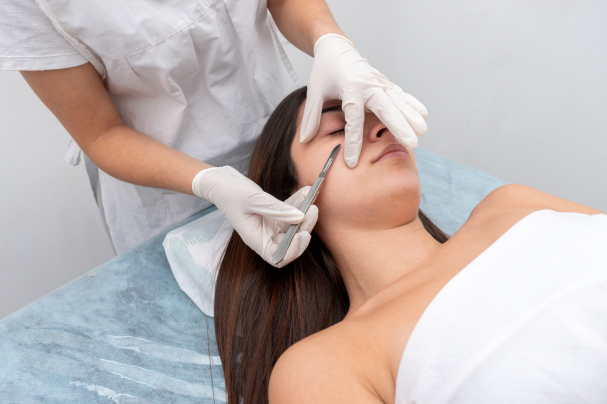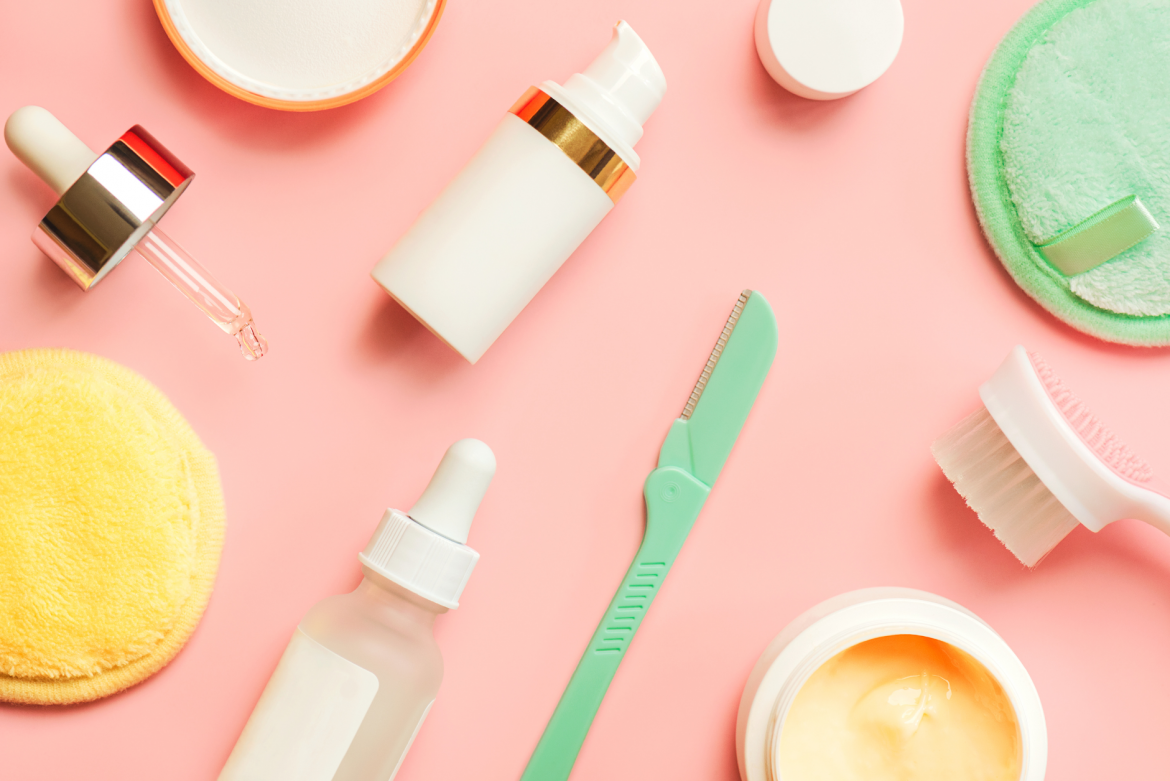Skincare trends come and go, but dermaplaning is still causing quite the buzz. Whether you’ve caught wind of it on TikTok or overheard it at the beauty salon, this treatment promises skin so smooth it rivals a baby’s bottom.
But before you grab that razor, let’s dive into everything you need to know—the good, the bad, and the fuzzy bits!

Canva Pro Stock Images
What is dermaplaning?
Simply put, dermaplaning is like a supercharged form of exfoliation. A licensed professional (or a steady-handed DIY enthusiast) uses a scalpel or blade to scrape away dead skin cells gently and that fine peach fuzz, also known as vellus hairs. The result? Fresh, glowing, and ultra-smooth skin that makes makeup go on like a dream. While it sounds intense, the process is non-invasive and more gentle than you’d think—if done correctly!
The benefits of dermaplaning
Here’s where the treatment really shines. Dermaplaning is chemical-free, so it’s perfect for those with sensitive skin. It removes all the gunk blocking your pores and dead skin cells, which means your favourite serums and moisturisers can work their magic even better. And if you love a flawless makeup finish, dermaplaning creates a perfect base by eliminating any pesky peach fuzz that could otherwise ruin your foundation game. Who doesn’t love that?
Here’s a breakdown of the benefits:
- Gentle exfoliation without the use of harsh chemicals, makes it suitable for sensitive skin.
- Enhanced absorption of skincare products like serums and moisturisers, allowing them to work more effectively.
- Smoother skin texture, providing a flawless canvas for makeup application.
- Reduction of peach fuzz, eliminating the fine hairs that can trap dirt and oil on the skin.
- Instant glow, leaving the skin looking fresh and radiant immediately after treatment.
How often should you dermaplane?
This isn’t a daily skincare ritual—far from it. Most experts suggest getting dermaplaning done every three to four weeks. This gives your skin enough time to renew and replenish between sessions. It’s always a good idea to start slow and see how your skin reacts before diving into a routine.

Canva Pro Stock Images
Who should consider dermaplaning?
If your skin is feeling dull, or rough, or you’re battling fine lines, dermaplaning could be a great option. It’s also ideal for makeup lovers who want a smoother application, or for those with peach fuzz trapping oil and dirt. However, anyone with active acne or sensitive, breakout-prone skin should steer clear—dermaplaning could do more harm than good by aggravating those spots.
The not-so-great side of dermaplaning
While dermaplaning has its perks, it’s not all smooth sailing. Some skin types don’t respond well to this treatment, and there are a few downsides to consider. The good news is that none of them involves your peach fuzz turning into a full-blown beard (thank goodness!), but there are still some points to keep in mind before booking your appointment.
Here’s what to be aware of:
- Redness and irritation may occur, especially if your skin is sensitive or prone to inflammation.
- Risk of cuts or infections if the treatment is done incorrectly or too aggressively.
- Temporary sensitivity after treatment, which might make your skin more vulnerable to sun damage—hello, SPF!
- Not suitable for active acne or inflamed skin, as dermaplaning can worsen these conditions.
- Prickly regrowth phase for vellus hairs, which can feel a bit uncomfortable as they grow back.
While these potential downsides are worth noting, they’re usually mild and manageable with proper care. Always consult a skin care professional to determine if dermaplaning is right for you!

Canva Pro Stock Images
DIY vs. Salon
At-home dermaplaning
There are plenty of dermaplaning kits available online for DIY enthusiasts. While doing it yourself may seem cost-effective, it requires a steady hand and the right tools to avoid cuts or irritation. If you’re confident in your technique and use sterilised tools, it can be an efficient way to exfoliate and remove peach fuzz.
However, aftercare is essential—moisturising products and sun protection are non-negotiable to avoid sensitivity or damage.
Salon treatments
A professional dermaplaning session comes with the reassurance of a trained hand and expert aftercare. Professionals use medical-grade tools and perform the procedure in a sterile environment, reducing the risks of infection or cuts. Plus, they can combine dermaplaning with other treatments like chemical peels for enhanced results. While more expensive, salon treatments can provide a deeper level of exfoliation and are ideal for those with sensitive skin or specific concerns.
Both options have their merits, but if you’re new to dermaplaning or have skin concerns, it’s often best to visit a professional for your first few sessions. After all, smooth skin shouldn’t come with unnecessary risks.
Disclaimer
This article serves as a general guide—seek professional advice tailored to your skin type before starting any new skincare routine.
ALSO SEE:
5 Reasons for needing botox that go beyond wrinkles and fine lines
Featured Image: Canva Pro Stock Images

